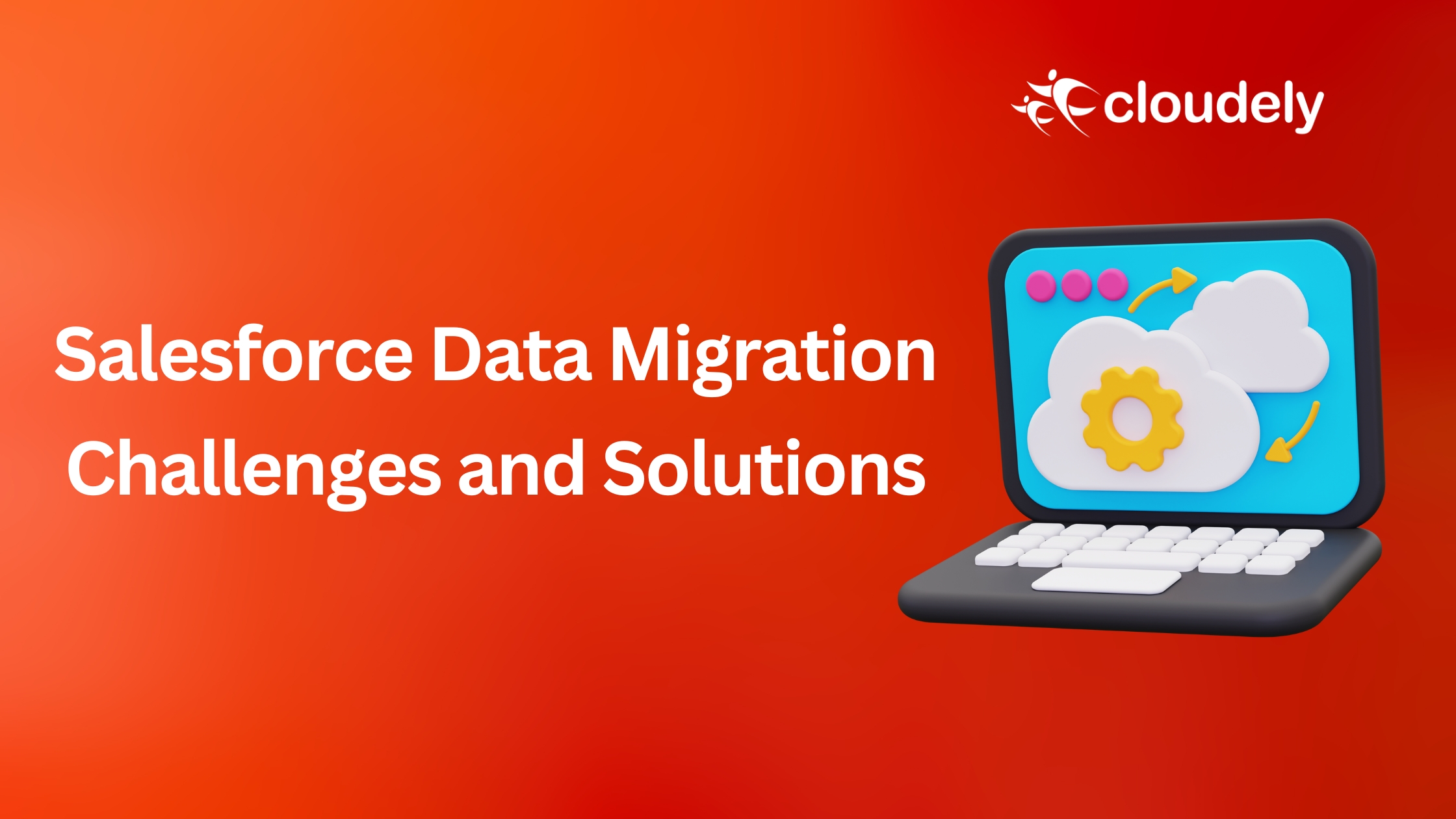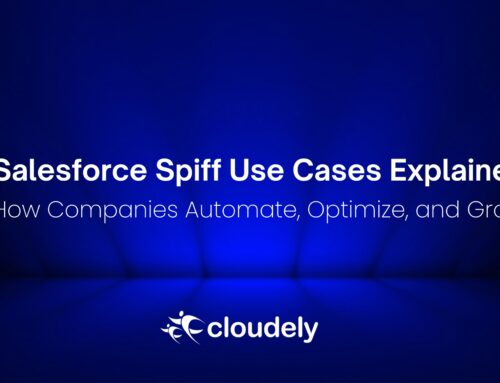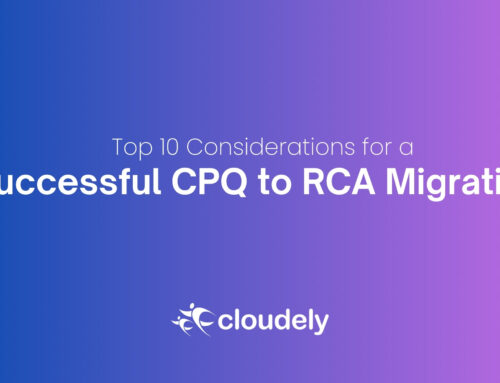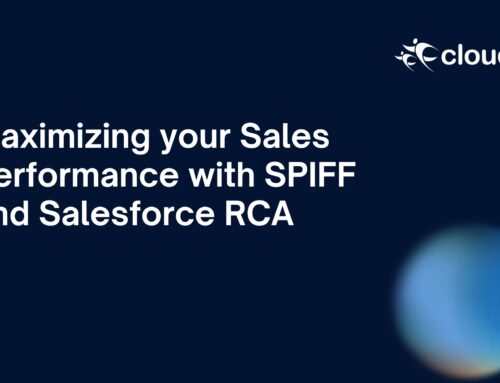Have you ever wondered how organizations move massive amounts of critical customer data into their Salesforce environment? Data migration lays the foundation for any Salesforce implementation, yet it presents many challenges. Salesforce data migration hurdles can derail even the most well-planned projects if not approached strategically.
Table of Contents
The Importance of Data Migration
In today’s data-oriented business market, accurate and insightful client information is essential for sales, marketing, and service teams. Even with legacy systems, customer data is often kept in siloed and inconsistent forms. Untangling this complex web of information requires a strategic data migration approach.
During migration, organizations move large volumes of customer, product, and transactional records from external databases or applications into the standardized data model of Salesforce. This unified view enables powerful analytics, enhanced CX workflows, and streamlined department collaboration.
A successful migration also prepares administrators to leverage advanced Salesforce features down the road, like Einstein AI, Sales Cloud Inbox, and Flow Automation. Getting it right immediately ensures optimized ROI from your costly CRM investment for years.
Top Data Migration Challenges and Solutions
Now that we understand why nailing the data migration process matters, let’s explore some of the most common hurdles and their solutions:
Solving the Data Quality Conundrum
Uncleaned records from legacy systems frequently contain duplicate entries, incomplete fields, and formatting inconsistencies. If migrated as-is, insufficient data undermines decision-making and hampers user adoption.
Solutions:
- Conduct Data Auditing: To prepare data for migration, carefully audit source systems using data profiling and quality tools.
- Perform Data Cleansing: Systematically cleanse data using ETL tools or data quality programs once profiling reveals issues.
- Maintain Data Quality Standards: Establish ongoing quality assurance with validation rules, record type assignments, and approval processes. Regularly reviewing metrics like match rates keeps data optimized over time.
Simplifying Complex Data Mapping
Mapping definitions specify extracting, transforming, and loading each data element. Complex legacy schemas complicate accurately mapping individual fields and objects.
Solutions:
- Map Attributes Methodically: Develop detailed data maps specifying each source and target attribute. Group related attributes accurately. Handle complex transformations and identify orphaned data.
- Leverage Data Modeling Tools: Tools like ERwin, ALteryx, and Informatica PowerCenter model schemas visually. Map diverse data types, handle millions of records, and spot missed rules rapidly.
- Continuously Validate Mappings: Iteratively refine mappings against small data samples. Test all transformation cases to catch errors before migration. Maintain documentation for future reference.
Optimizing for Large Volumes
Migrating terabytes of records requires specialty tools and optimized techniques. Loading massive data sets risks timeouts or degraded performance.
Solutions:
- Employ Batch Processing: Parallelize loads by batching records into manageable chunks. Prioritize more critical objects for faster access.
- Leverage Bulk API Tools: The Data Loader, Integration Toolkits, and Jitterbit speed workflows via batch processes optimized for throttling. Leverage max batch sizes.
- Scale Infrastructure Accordingly: Provision sandbox instances or use managed extensive data services providing parallelism, partitioning, and scaled hardware.
Ensuring Legacy Integration
Ongoing synchronization is critical to maintain a single source of truth. Yet compatibility issues sometimes disrupt integration between Salesforce and other applications.
Solutions:
- Connect Using API-Based Integration: Connect legacy apps via web services, OAuth, and REST APIs, allowing real-time connectivity with data mapped on-demand.
- Consider Platforms Like MuleSoft: Integration Platform as a Service (iPaaS) connects any application via visual point-and-click design. Manage integrations reliably at scale.
- Establish Data Replication: Set up master-detail relationships and Lookup Fields for related data outside of Salesforce. Sync changes incrementally.
Minimizing Downtime Effectively
Downtime during the migration impacts productivity and workflows. Planning the optimal change windows preserves business continuity.
Solutions:
- Plan Optimal Change Windows: Schedule migrations on weekends or during off-peak/non-critical hours, avoiding disruption. Communicate schedules transparently.
- Provide Workarounds if Needed: Implement redundancy or manual processes preventing blockers should issues surface during migration. Get expert help rapidly.
- Conduct User Training in Advance: Educate all teams on the migration and any process/interface changes. This ensures the smooth adoption of the optimized environment.
Addressing Security and Compliance
Regulations like the GDPR necessitate strict access controls and encryption. Moving sensitive data also opens potential security gaps if addressed.
Solutions:
- Implement Access Governance: Use granular profiles, permission sets, and field-level security to govern user access appropriately across record types.
- Enforce Encryption Standards: Encrypt data at rest and in motion per policies. Use mass encryption tools for migrating data stores. Monitor protocols continuously.
- Comply with Regulations: Meet standards like the GDPR or CCPA through governed consent, individual rights management, and data retention parameters.
Going the Distance with Data Migration
Overcoming data migration challenges is key to realizing ongoing ROI from your CRM investment. Even large-scale migrations can be simplified and streamlined with diligent planning and optimization. By implementing the strategies above – from data cleansing to system integration – you equip your organization to make confident, informed decisions based on a centralized, accurate Salesforce dataset. Migration paves the path to deep insights, engaged relationships, and streamlined processes across sales, service, marketing, and beyond.
At Cloudely, our customers rely on CloudSync – our signature Salesforce Data Migration tool – to handle their end-to-end data migration smoothly.
To receive a free trial of CloudSync, write to us at salesforce@cloudely.com.






